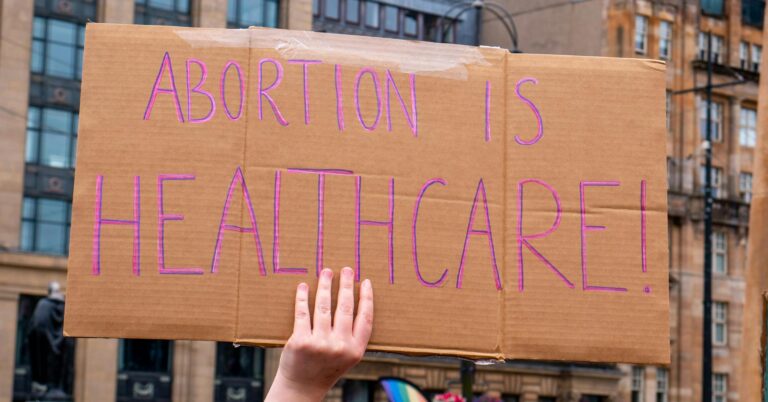Can you see a Kaiser doctor without Kaiser insurance?
Yes, you can. But it is complex and comes with conditions. Kaiser Permanente’s structure generally caters to those within their network, yet it is not an absolute impossibility to see a Kaiser doctor without Kaiser insurance. Here’s how:
Out-of-Network Options
- If you are insured under a different provider and wish to see a Kaiser doctor, it may be considered an out-of-network visit, which often means higher costs.
- In emergencies, federal law allows care at the nearest hospital, even if it’s a Kaiser facility.
- You may opt for cash payment if your situation is neither an emergency nor covered by your non-Kaiser insurance.
- Sometimes, Kaiser may have agreements with other insurance companies, allowing for flexibility.
Emergency Situations
In an emergency, you should go to the nearest hospital, regardless of the network. If a Kaiser facility is closest, you can receive care there, even without Kaiser insurance. It’s essential to know that this provision is mandated by federal law.
Cash Payment Options
If your situation is neither an emergency nor covered by your non-Kaiser insurance, you may still be able to see a Kaiser doctor by paying cash. This means bearing the full cost of the visit without any insurance assistance. Always consult with the Kaiser facility in question directly.
What are Specific Agreements with Other Insurances?
Kaiser Permanente may have specific agreements with other insurance companies for particular services or under certain conditions. It’s rare but allows more flexibility in seeing a Kaiser doctor, even with different insurance.
Table of Options
| Options | Pros | Cons |
| Out-of-Network Options | Provides flexibility | Higher costs, less coverage |
| Emergency Situations | Access to care regardless of network | N/A |
| Cash Payment Options | Allows access without insurance | Full cost borne by the patient |
| Specific Agreements | Additional flexibility | Rare and dependent on various factors |
What assistance programs are offered by Kaiser Permanente?
Kaiser Permanente offers Medical Financial Assistance and Charitable Health Coverage programs.
Kaiser Permanente provides financial assistance programs for uninsured or underserved patients. These include the Medical Financial Assistance program and Charitable Health Coverage, aimed at improving healthcare access for those with limited incomes and resources. Both programs have specific eligibility criteria and cover a range of healthcare services and products. These programs aim to aid those with limited incomes and resources, providing temporary financial assistance, free care, or subsidized health coverage. This relates to the main query as these programs can assist those needing to see a Kaiser doctor without having Kaiser insurance.
Conclusion
While seeing a Kaiser doctor without Kaiser insurance is possible, it comes with complexities and conditions. From out-of-network options to cash payments, emergency situations, and specific agreements, the pathways may be more complicated and potentially more costly. Understanding these options and consulting with both healthcare and insurance professionals is prudent. Kaiser Permanente’s financial assistance programs also provide valuable support for those in need.
Frequently Asked Questions (FAQs)
1. What is the Medical Financial Assistance program by Kaiser Permanente?
It’s a program designed to help low-income, uninsured, and underserved patients receive access to care. Eligibility is based on financial need, and it covers emergency and necessary health care services at Kaiser Permanente facilities.
2. How can I see a Kaiser doctor without insurance in an emergency situation?
In an emergency, you can go to the nearest hospital, including a Kaiser facility, regardless of your insurance status. Federal law requires emergency rooms to provide care without considering your ability to pay or insurance.
3. Are there additional costs associated with seeing a Kaiser doctor if I don’t have Kaiser insurance?
Yes, seeing a Kaiser doctor without Kaiser insurance may lead to higher out-of-pocket costs and less coverage from your insurance company, especially if it’s considered an out-of-network visit.






